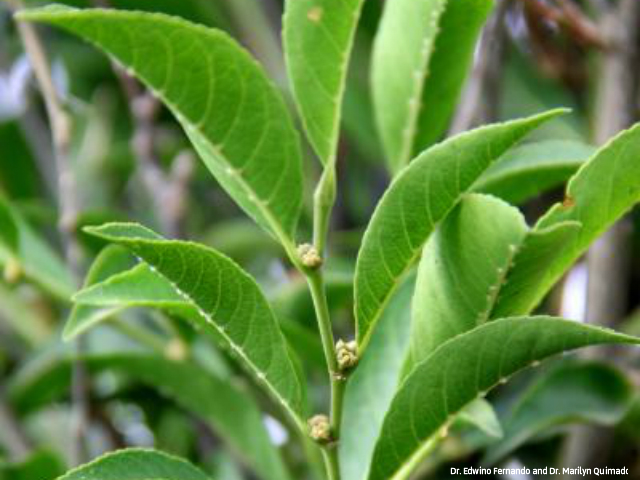Filtered By: Scitech
SciTech
UPLB scientists discover 'metal-eating' plant
By MACY AÑONUEVO

Scientists from the University of the Philippines-Los Baños (UPLB) have discovered a plant in Zambales that "eats" nickel. Named Rinorea niccolifera ("niccolum" - Neo Latin for nickel; "fer" - to yield, to contain), this shrub "hyperaccumulates" nickel in its leaves, with concentrations reaching more than 18,000 micrograms of nickel per gram of dried plant material. This is more than a hundred to a thousand times higher than what's found in most other plants.
The ability to hyperaccumulate nickel and store it in shoot tissues without getting poisoned is rare among plants. Worldwide, only around 450 species are known to have this ability - just 0.15% of the estimated 300,000 species of vascular plants.
R. niccolifera was found at elevations of 320 to 825 meters in the Zambales Ophiolite Complex, an area known to contain several metallic mineral deposits. R. niccolifera was also classified as Endangered according to IUCN protocols because of its severely fragmented habitat and limited area of occupancy (so far, it was only found within an area of <500 km2). Much of its habitat is also located within an open pit mining concession.
The study was co-authored by Dr. Edwino Fernando and Dr. Marilyn Quimado from the UPLB College of Forestry and Natural Resources and Dr. Augustine Doronila from the University of Melbourne School of Chemistry. As explained by Dr. Doronila, "Hyperaccumulator plants have great potentials for the development of green technologies, for example, "phytoremediation" and "phytomining". "Phytoremediation" is the use of hyperaccumulator plants to remove toxic heavy metals from contaminated soil, while "phytomining" is the use of hyperaccumulator plants to concentrate and extract commercially valuable metals from the soil. — TJD, GMA News
Macy Añonuevo earned her MS Marine Science degree from the University of the Philippines. She is a published science and travel writer and was a finalist in the 2013 World Responsible Tourism Awards under the Best Photography for Responsible Tourism category. Her writings and photographs may be found at www.theislandergirl.com.
More Videos
Most Popular




